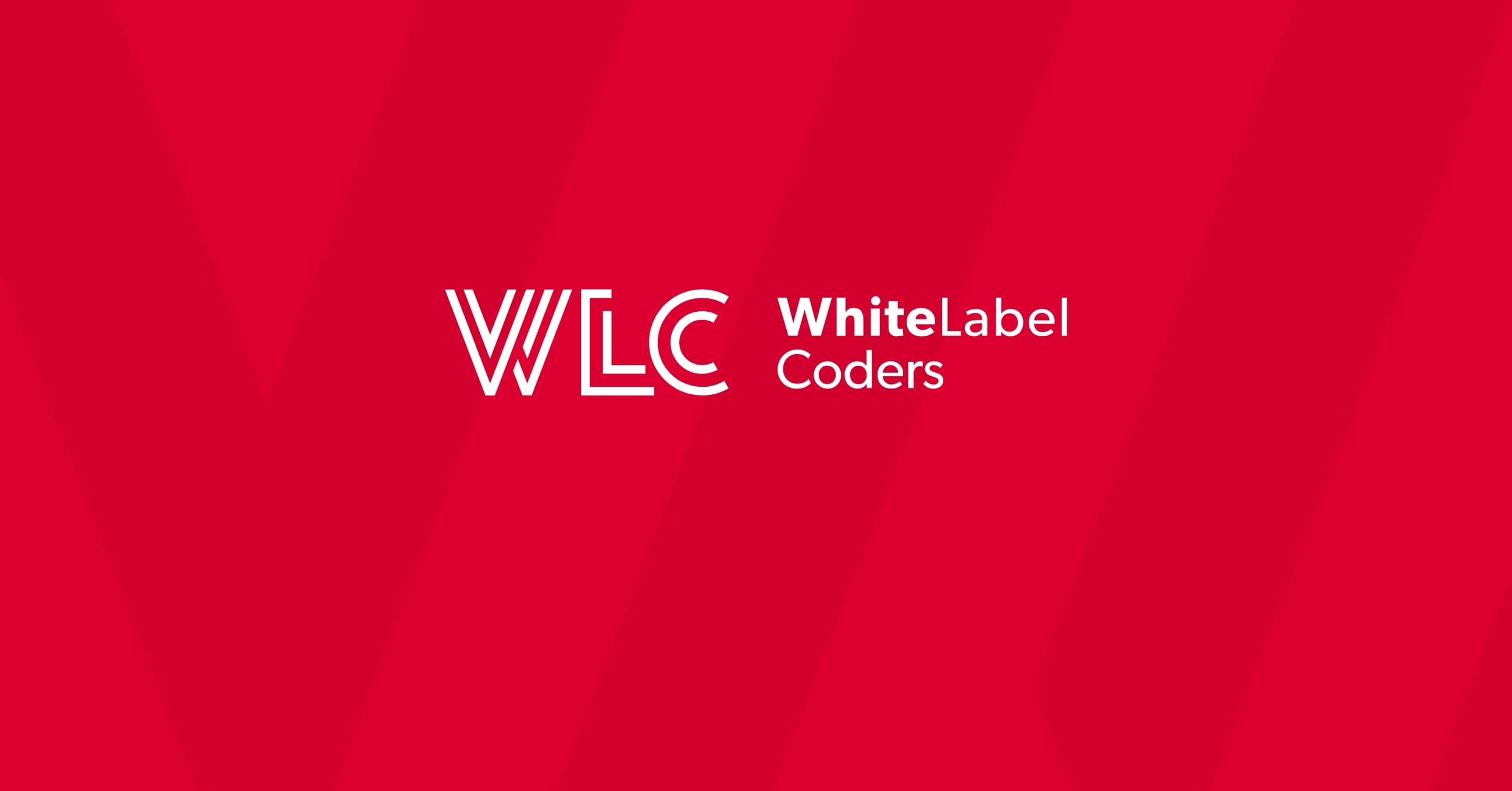Category: WooCommerce
Can WooCommerce handle high traffic?

WooCommerce offers robust scalability options that make it suitable for handling substantial visitor influx when properly optimized. This popular WordPress plugin powers approximately 28% of all online stores and can be configured to manage high-volume traffic situations effectively. With proper server resources, optimization techniques, and strategic implementation of caching solutions, WooCommerce stores can maintain performance even during significant traffic spikes. The platform’s flexibility allows businesses to scale from small operations to enterprise-level storefronts serving hundreds of customers simultaneously.
Can WooCommerce handle high traffic?
WooCommerce’s architecture is fundamentally designed to accommodate growth and scaling. As a WordPress plugin, it inherits the core CMS’s flexibility while adding robust e-commerce capabilities. The platform’s database structure efficiently manages product catalogs, customer data, and order information, forming a solid foundation for high-traffic scenarios.
One significant advantage of WooCommerce is its adaptability. The core functionality provides essential e-commerce features, while its extensive API and hook system allow developers to build upon this foundation to accommodate increasing demands. This flexibility enables custom optimization solutions that can be tailored to specific traffic patterns and business requirements.
When examining baseline performance, properly optimized WooCommerce installations can handle thousands of concurrent users without significant degradation in speed or functionality. However, this performance depends heavily on implementation quality, hosting environment, and optimization strategies.
WooCommerce has proven its capabilities in real-world high-traffic implementations across various industries. Its open-source nature means developers can access and modify core code when necessary to overcome potential bottlenecks in extremely high-traffic scenarios. Learn more about WooCommerce Development solutions that can scale to meet your business needs.
How many products can WooCommerce handle efficiently?
WooCommerce doesn’t impose hard limitations on product quantities, making it theoretically capable of handling unlimited product catalogs. However, practical efficiency considerations come into play as catalog size increases. The platform operates most efficiently with catalogs ranging from a few products to several thousand.
Performance benchmarks show that unoptimized WooCommerce stores may experience slowdowns when catalogs exceed approximately 5,000-10,000 products. This isn’t a limitation of WooCommerce itself, but rather how WordPress manages database queries and product data. With proper optimization, however, stores with tens of thousands of products can maintain acceptable performance levels.
For larger catalogs, several optimization techniques prove essential:
- Implementing database optimizations to improve query efficiency
- Using product category structures to better organize inventory
- Leveraging custom product archive pages that load inventory progressively
- Employing AJAX filtering solutions to reduce server load during catalog browsing
- Utilizing dedicated database solutions for product search functionality
Another critical consideration is how product variations are managed. Stores with numerous product attributes and variations require additional optimization strategies to maintain performance as each variation adds complexity to database operations.
What hosting requirements does WooCommerce need for high traffic stores?
Hosting infrastructure forms the foundation of a high-performance WooCommerce store. Unlike small or medium-traffic sites that can function on shared hosting, high-traffic WooCommerce implementations demand significantly more robust hosting solutions.
For stores expecting substantial traffic, these specifications represent minimum requirements:
- Dedicated or high-quality VPS hosting (not shared hosting)
- 4+ CPU cores with high single-thread performance
- 8GB+ RAM (16GB or more recommended for very high traffic)
- SSD storage for database and application files
- Dedicated database server for extreme traffic scenarios
- PHP 7.4+ (preferably PHP 8.0+) for optimal performance
- Optimized MySQL or MariaDB configuration
Beyond raw specifications, specialized WordPress hosting providers offer significant advantages for high-traffic WooCommerce stores. These providers implement server-level optimizations specifically for WordPress and WooCommerce, including specialized caching configurations, security hardening, and performance enhancements.
Cloud-based elastic hosting solutions provide another excellent option for WooCommerce stores with variable traffic patterns. These services can automatically scale resources during traffic spikes (such as during sales events or marketing campaigns) and scale down during quieter periods, optimizing both performance and cost.
How does WooCommerce compare to Shopify for high-traffic stores?
When evaluating e-commerce platforms for high-traffic scenarios, WooCommerce and Shopify represent two fundamentally different approaches. Shopify operates as a fully-hosted SaaS solution, while WooCommerce provides an open-source, self-hosted alternative.
In terms of performance under high traffic, Shopify offers built-in scalability through its cloud infrastructure. This provides automatic resource allocation during traffic surges without requiring merchant intervention. WooCommerce, conversely, requires proactive resource planning and optimization but offers greater control over the entire technology stack.
Cost structures differ significantly between the platforms in high-traffic scenarios:
| Aspect | WooCommerce | Shopify |
|---|---|---|
| Base platform cost | Free (open-source) | Monthly subscription |
| Hosting costs | Scales with traffic needs | Included (except Plus plan) |
| Transaction fees | Payment gateway fees only | Platform + payment gateway fees |
| Extension costs | One-time or annual | Mostly monthly subscriptions |
WooCommerce provides greater customization flexibility for high-traffic stores with unique requirements. Its open architecture allows for custom optimizations that can address specific performance bottlenecks. Shopify, while more limited in customization, offers enterprise-level infrastructure through its Shopify Plus plan.
Platform-specific limitations exist for both options. WooCommerce requires technical expertise to scale effectively, while Shopify imposes certain restrictions on customization and third-party integrations that may impact complex high-traffic operations. For a deeper analysis, check our detailed comparison between WooCommerce and Shopify.
What are the most effective ways to optimize WooCommerce for high traffic?
Optimizing WooCommerce for high-traffic scenarios requires a multi-faceted approach targeting different aspects of performance. Implementing these strategies can dramatically improve a store’s ability to handle substantial visitor numbers.
Caching solutions represent the first line of defense against traffic-related slowdowns. Full-page caching dramatically reduces server load by serving static HTML instead of processing PHP for each request. For WooCommerce, specialized solutions that handle dynamic elements (like cart contents) while still caching most page content provide the greatest benefit.
Database optimization plays an equally critical role in maintaining performance under load:
- Regular database cleanup to remove transients, post revisions, and orphaned metadata
- Optimizing database queries through proper indexing
- Implementing database object caching (Redis or Memcached)
- Considering database replication for read/write separation in extremely high-traffic scenarios
Content Delivery Networks (CDNs) significantly reduce server load by distributing static assets (images, CSS, JavaScript) across global server networks. This not only improves performance for users worldwide but also frees up server resources to handle dynamic WooCommerce functions more efficiently.
Code optimization specific to WooCommerce includes:
- Minimizing unnecessary plugin usage
- Using lightweight, performance-focused themes
- Implementing lazy loading for images and other heavy content
- Optimizing JavaScript and CSS loading patterns
- Reducing AJAX calls on critical store pages
These optimization approaches work most effectively when implemented as part of a comprehensive performance strategy rather than isolated fixes. For specific database improvements, explore our guide on database query optimization for scaling WooCommerce stores.
Does WooCommerce slow down WordPress sites during traffic spikes?
WooCommerce does introduce additional complexity to WordPress sites, which can impact performance during traffic spikes if not properly optimized. This occurs because WooCommerce operations typically involve more complex database queries and processing than standard WordPress content.
During peak traffic periods, several common bottlenecks emerge in WooCommerce implementations:
- Cart and checkout processes that require dynamic, uncached operations
- Product filtering and search functionality that generates complex database queries
- Session management that creates database overhead with many concurrent users
- My Account pages that pull customer-specific information for each visitor
Effective mitigation strategies include separating static and dynamic content handling. Pages that don’t require personalization (like product catalogs) can be heavily cached, while resources are preserved for truly dynamic functions (like checkout processes).
Another powerful approach involves asynchronous processing for non-critical operations. Background processing of tasks like inventory updates, order emails, and reporting functionality can significantly reduce the performance impact during traffic spikes.
When implemented with these considerations in mind, WooCommerce can operate efficiently even during substantial traffic increases, maintaining responsive customer experiences throughout peak periods.
What plugins help WooCommerce scale for high traffic?
Several specialized plugins can dramatically enhance WooCommerce’s ability to handle high traffic volumes by addressing common performance bottlenecks.
Caching solutions specifically designed for WooCommerce environments provide essential performance benefits:
- Page caching plugins with WooCommerce-aware functionality
- Object caching implementations that reduce database load
- Browser caching optimizers that minimize repeat resource downloads
Database management tools help maintain optimal performance as stores grow:
- Database cleanup and optimization plugins
- Scheduling tools for automated maintenance
- Query monitors to identify and address inefficient database operations
Performance optimization extensions target specific aspects of WooCommerce functionality:
- Plugins that optimize product image handling
- AJAX-powered filtering and search solutions
- Lazy loading implementations for product catalogs
When selecting plugins for high-traffic stores, quality becomes even more critical than in standard implementations. Poorly coded plugins can introduce performance issues that negate other optimization efforts. Prioritizing well-maintained, performance-focused solutions from reputable developers is essential for maintaining stability under load. For specific recommendations, see our guide to the best WooCommerce performance plugins.
It’s also worth noting that sometimes the best scaling approach involves removing unnecessary plugins rather than adding new ones. Each plugin adds processing overhead, so a minimalist approach often yields the best performance results.
How much does it cost to scale WooCommerce for high traffic?
Scaling a WooCommerce store for high traffic involves several cost categories that need consideration in budget planning. These costs typically increase proportionally with traffic volume and business complexity.
Hosting upgrades represent the most predictable scaling expense. As traffic grows, hosting requirements evolve from basic shared plans to more robust solutions:
- Managed WordPress hosting: $30-300/month for moderate traffic
- High-performance VPS or dedicated hosting: $100-500+/month for substantial traffic
- Enterprise-level solutions with dedicated resources: $500-2,000+/month for very high traffic
Premium plugins for performance optimization constitute another significant cost category. While individual plugin costs vary widely ($29-299+ annually), a comprehensive suite of performance tools typically requires an investment of $200-600 per year for necessary premium solutions.
Developer resources often represent the largest expense in scaling WooCommerce effectively. Professional optimization services might include:
- Performance audits and recommendations
- Custom optimization implementation
- Database optimization and restructuring
- Code-level performance enhancements
Ongoing maintenance expenses should also be factored into total cost calculations. High-traffic stores require more frequent updates, monitoring, and performance tuning than lower-traffic implementations.
While these costs may seem substantial, they should be evaluated against the revenue potential of a properly scaled store. Investing in scalability directly impacts customer experience, conversion rates, and ultimately, business revenue. For expert support, consider partnering with an e-commerce website development agency specializing in high-performance WooCommerce stores.
WooCommerce scaling: success stories and case studies
The WooCommerce ecosystem includes numerous examples of successfully scaled implementations across diverse industries. These real-world applications demonstrate how the platform can effectively handle substantial traffic volumes when properly configured.
In the consumer product space, several established brands have built high-traffic WooCommerce operations handling thousands of daily orders. These implementations typically leverage custom-built themes with extensive performance optimizations, specialized hosting infrastructure, and carefully selected plugin stacks that minimize performance impact.
Subscription-based businesses represent another category where WooCommerce has proven effective at scale. These operations often process recurring transactions for thousands of subscribers, requiring robust handling of both frontend traffic and backend payment processing.
Common implementation strategies among successful high-traffic WooCommerce stores include:
- Implementing multi-server architectures with dedicated database servers
- Utilizing containerized deployments for consistent performance
- Employing microservice approaches for specific high-load functionality
- Implementing aggressive caching strategies with fallback mechanisms
Quantifiable results from properly scaled WooCommerce implementations include significantly improved page load times, increased conversion rates, reduced cart abandonment, and the ability to handle seasonal traffic spikes without degradation in customer experience.
These successes demonstrate that WooCommerce, when implemented with performance as a priority, can effectively scale to meet the needs of growing e-commerce operations with substantial traffic demands.
Essential WooCommerce high traffic insights to remember
When preparing a WooCommerce store for high traffic volumes, several fundamental principles should guide implementation decisions. These insights form the foundation of successful scaling strategies.
Perhaps most critical is understanding that performance optimization must be approached holistically. Isolated improvements rarely yield significant results in high-traffic scenarios. Instead, a comprehensive strategy addressing hosting, caching, database efficiency, and code optimization creates multiplicative performance benefits.
Another essential principle is prioritizing user-critical paths. Resources should be allocated to optimize the customer journey from product discovery through checkout, potentially at the expense of administrative or reporting functionality that doesn’t directly impact conversion.
Strategic implementation considerations include:
- Planning for scalability from initial architecture decisions
- Implementing measurement systems to identify bottlenecks
- Creating traffic management strategies for promotional events
- Developing fallback mechanisms to maintain core functionality during extreme traffic events
For businesses considering scaling their WooCommerce operations, partnering with experienced developers provides significant advantages. Specialists with expertise in high-traffic WordPress and WooCommerce implementations can identify potential issues before they impact customers and implement proven optimization techniques that might not be obvious to general developers.
Ultimately, a successfully scaled WooCommerce store requires both technical excellence and strategic alignment with business goals. By implementing the right optimizations at the right time, businesses can leverage WooCommerce’s flexibility to create high-performance stores capable of handling substantial traffic while maintaining excellent customer experiences.

